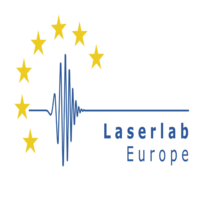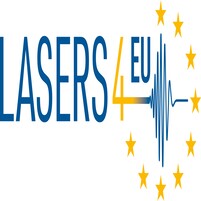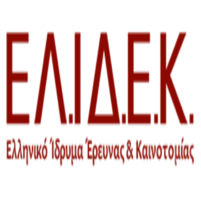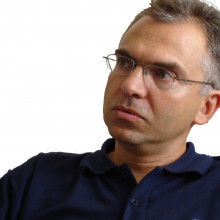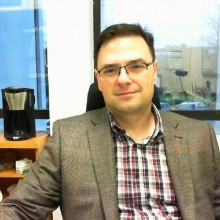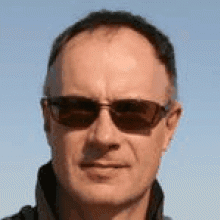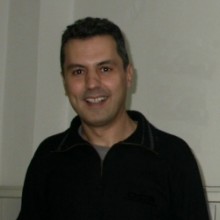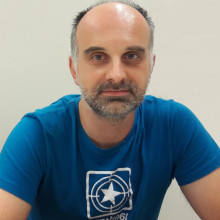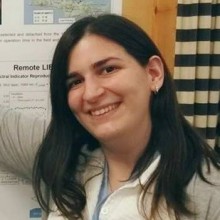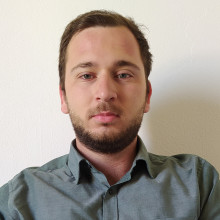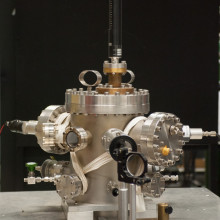
Research directions / Objectives
A wide range of laser spectroscopic methods are employed for studying key properties of novel materials at the atomic, molecular or nano-scale and for determining the composition of complex materials.
In this context, employing ultrafast time-resolved methodologies we investigate the dynamics of fundamental processes in the condensed phase which govern the macroscopic properties of matter. Materials of interest range from molecular architectures mimicking photosynthesis to 3-D photonic nanocrystals and from laser-induced plasmas to strongly correlated systems. Furthermore, by way of advanced laser pulse tailoring schemes we investigate how non-conventional excitation of matter can lead to novel functions and properties of materials.
We also work on the development of optical sensing systems based on tailor-made nanostructures fabricated by use of laser-based techniques coupled to chemical growth methods.
In parallel, we explore versatile spectrochemical methods and develop relevant instrumentation for analysis of materials responding to a broad range of challenges extending from cultural heritage diagnostics to monitoring industrial processes.
Ultrafast and nonlinear light-matter interactions:
- Study of ultrafast light-matter interactions in bulk and nanostructured materials with strong electronic correlations and nonlinear properties.
- Control of ultrafast processes during laser-mater interactions with temporal pulse shaping.
- Study of nonlinear optical properties of 3-D photonic materials.
Analytical spectroscopy and instrumentation:
- Nanosecond and Femtosecond LIBS for the analysis of solids and liquids. Study of plasma dynamics.
- LIBS linked to SSI-MS (sonic spray ionization mass spectrometry) for the analysis of biomolecules.
- Development of compact/portable laser-based analytical instrumentation (mobile LIBS, stand-off LIBS, mobile micro-Raman).
- Applications of laser spectroscopic tools in relation to industrial process monitoring.
Opto-sensing:
- Laser fabricated micro/nano-structured materials as room-temperature optical sensors.
- Molecular and nanoparticle photophysics and photochemistry – Optical thermometry.
Research Topics
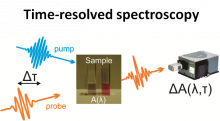
In this experimental research activity ultrafast time-resolved optical spectroscopy is employed to study the ultrafast processes that occur in condensed phase materials with novel optoelectronic properties following intense optical excitation by ultrashort laser pulses and characterize their ultrfast dynaimics. By utilizing the general pump-probe methodology the ultrafast electronic, lattice and magnetic interactions taking place in solids in the picosecond and the femtosecond temporal regime are investigated. Novel bulk and nanostructured photonic materials such as semiconductors, metals and dielectrics in confined 2D and 3D architextures have high priority in our research. The applications are related to the sectors of energy, health, environment.
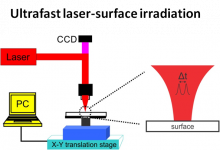
At sufficiently high light intensities the irradiated material undergoes structural transitions described by ablation, spallation, processing, melting, evaporation, and others. The understanding of the evolution of the material from the moment of excitation until the final resolidification is very challenging due to the high number and the complexity of the photo-physical processes that occur: electron excitation, electron-lattice cooling, phase transitions, material re-solidification, etc. For many applications it is important to control the final morphology of the irradiated surface and its macroscopical properties. This is investigated by the use of spatio-temporally shaped ultrashort laser pulses. The goal is to observe, understand and control the microscopic and primary physical processes that occur following ultrashort laser excitation in order to to control the macroscopic properties of the finally processed material such as optical, morphological, chemical properties etc.
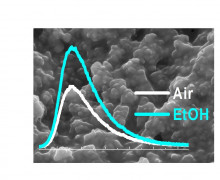
Optical sensing is based on the modifications of the optical properties (photoluminescence, transmittance,
reflectance etc) of metal oxides (ZnO, TiO2, NiTiO3 etc) upon exposure to an external stimulus.
Heads
Technical Staff
Research Associates
Students
Alumni
Infrastructure Equipment
Ultrafast Laser Amplifier repetition rate 1 kHz, center wavelength 800 nm, maximum pulse energy 0.8 mJ, minimum pulse duration 25 fs
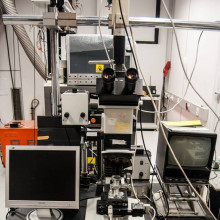
Test document
asdfas
sasdfsadf
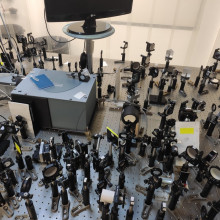
The pump-probe workstation consists of a 15 cm computer-controlled delay line, with a minimum step of 0.1 μm, and a 303 mm spectrograph with a CCD imaging camera, and a lock-in amplifier. The pump beam can be selected to be either the fundamental output of a Ti:Sapphire laser amplifier at 785 nm, or te frequency doubled second harmonic, or the output of a home-built noncollinear Optical Parametric Amplifier (NOPA) at 420 nm - 750 nm.
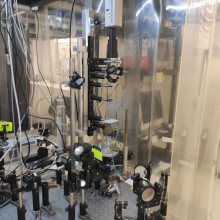
This workstation has a dual purpose:
(i) Laser-induced Forward Transfer of thin film spots on a variety of substrates.
(ii) Surface irradiation and micro-/nanoprocessing on a variety of solid surfaces.
The input to this workstation is a Ti:Sapphire laser amplifier at 785 nm, 25 fs, <0.8 mJ per pulse and its secondary sources.
